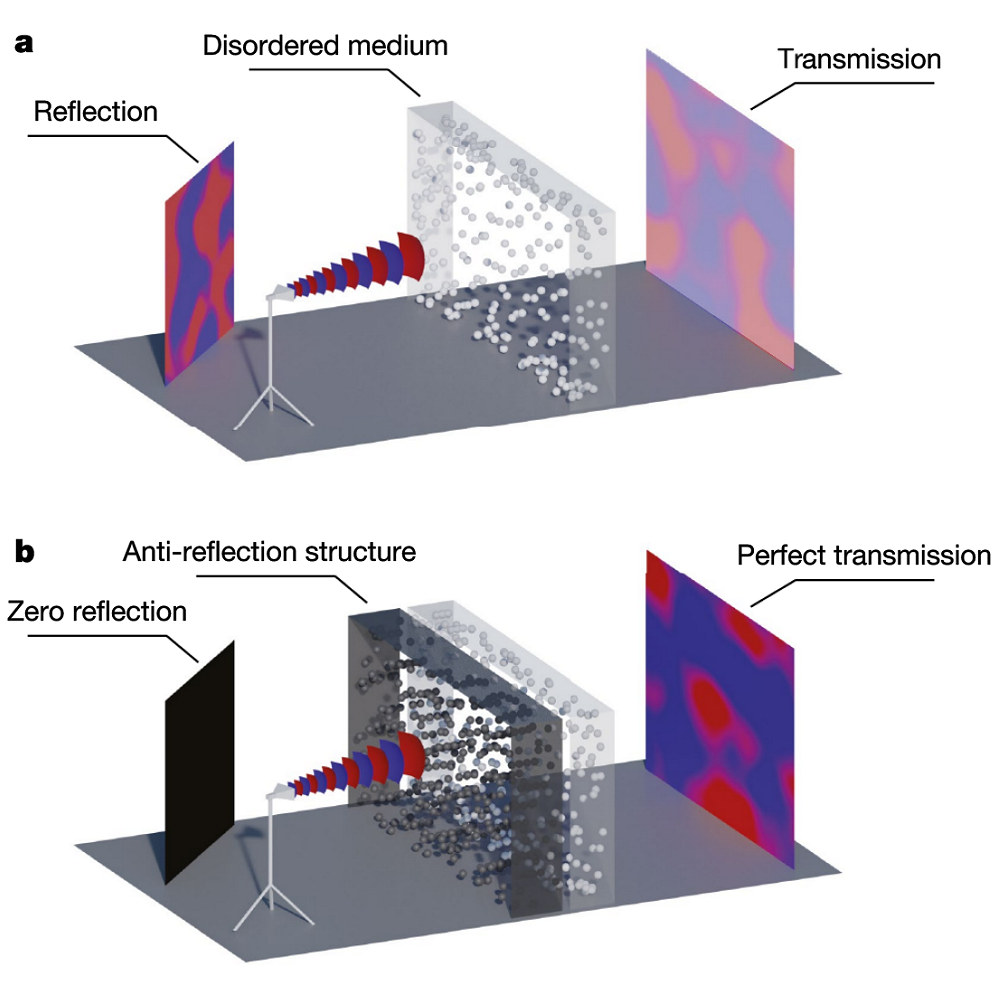Can WiFi Signals Pass Through Walls?
WiFi signals are radio waves, and like all other radio waves, they can pass through walls, albeit with varying degrees of success. The amount of signal loss that occurs when a WiFi signal passes through a wall depends on the material the wall is made of, the thickness of the wall, and the frequency of the signal. Generally, walls made of materials like wood, drywall, and plaster will allow a WiFi signal to pass through them more easily than walls made of concrete or metal. Additionally, the higher the frequency of the signal, the less likely it is to pass through a wall.
Understanding WiFi Signals
WiFi signals are a kind of radio frequency waves that are used to transmit data from one device to another. These signals are transmitted through the air and can travel through walls and other obstacles. But, how far can they travel and how much can they travel through walls? To get a better understanding of the capabilities of WiFi signals, it’s important to understand the different types of signals and how they interact with different materials.
WiFi signals come in two main types: non-ionizing radiation and ionizing radiation. Non-ionizing radiation is the type of radiation used by WiFi signals, and it’s much less powerful than ionizing radiation. This means that it can’t penetrate thick walls or other obstacles like metal, but it can still travel through thinner materials like wood, glass, and drywall.
In addition to the type of radiation, the strength of the signal will also determine how far it can travel and how much it can penetrate walls. A stronger signal will be able to travel farther and penetrate thicker walls. However, the signal will weaken the farther it travels, so it won’t be able to penetrate as much.
So, can WiFi signals pass through walls? The answer is yes, but the strength of the signal and the type of material the walls are made of will determine how much the signal can penetrate. Understanding these factors is key to understanding the capabilities of WiFi signals.
Factors Influencing WiFi Signal Transmission Through Walls
Wireless signals like WiFi are everywhere and they are becoming increasingly popular for streaming media, connecting to the internet and exchanging data between various devices. But, can WiFi signals pass through walls? The answer is yes, but there are a few factors that can affect the strength of the signal and the distance it can travel. These factors include the type of construction material, the thickness of the wall, and the type of WiFi signal being used.
The type of construction material used in the wall can have a significant impact on the strength of the WiFi signal as some materials are more effective at blocking signals than others. For example, walls made of brick and concrete are more effective at blocking signals than walls made of wood or drywall. Additionally, the thickness of the wall can also affect how far the signal can penetrate. The thicker the wall, the weaker the signal will be on the other side.
Another factor that can affect the strength of a WiFi signal passing through a wall is the type of signal being used. Different types of WiFi signals, such as 2.4GHz and 5GHz, transmit at different frequencies and can be more easily blocked by walls. Generally, 2.4GHz signals can penetrate walls better than 5GHz signals, but 5GHz signals travel faster and have a greater range.
In conclusion, WiFi signals can travel through walls, but the strength of the signal and the distance it can travel is determined by several factors such as the type of construction material, the thickness of the wall, and the type of WiFi signal being used. To ensure that your WiFi works properly, it is important to take these factors into consideration.
Different Types of Wall Materials and Their Effect on WiFi Signals
WiFi signals have become an essential part of our lives. We rely on them to stay connected, to access the internet, and to communicate with our friends and family. But, can WiFi signals pass through walls?
Well, the answer depends on the type of wall material used in the building. Different materials have different effects on WiFi signals. Generally, thicker and denser materials are better at blocking WiFi signals than lighter materials.
Concrete walls are one of the best materials for stopping WiFi signals from passing through. Metal walls are also effective, as metals such as steel and aluminum are capable of reflecting and absorbing the radio waves. On the other hand, drywall and wood can reduce the strength of the signal but can’t completely block them.
The thickness of the wall also plays an important role in determining how much signal can pass through. Generally, thicker walls block more signals than thinner ones.
Lastly, the type of router and antenna used can also affect how well WiFi signals can penetrate walls. Routers with higher signal strength and directional antennas can help boost the signals, allowing them to travel further and penetrate walls better.
In conclusion, the type of wall material and its thickness are key factors in determining how much WiFi signal can pass through. While it’s not possible to make a WiFi signal pass through a wall completely, there are steps that can be taken to make sure the signal is strong enough to travel through.
Solutions for Increasing WiFi Signal Penetration Through Walls
We all know that WiFi signals can be blocked or weakened by walls and other obstacles. But, did you know there are several solutions you can employ to increase the penetration of your WiFi signal throughout your home or office? In this article, we’ll discuss some of the best methods for boosting WiFi signal penetration, so you can stay connected no matter where you are.
One of the simplest ways to increase WiFi penetration is to move your router to a higher, central location in your home or office. By keeping your router in an elevated and accessible spot, the signal will be able to travel further and more easily. Additionally, if you’re able to keep the router away from thick walls and other obstacles, the signal will be less likely to be dampened or blocked.
You can also increase your signal strength with the help of a WiFi extender or repeater. These devices are designed to boost your signal strength by repeating the signal from your router and eliminating dead-spots in your home. Additionally, you can also use a mesh-network system to provide coverage throughout your home. These systems consist of multiple nodes that work together to create a single, seamless WiFi network.
Finally, if you want to increase signal penetration through walls, you can use a special type of antenna known as a directional antenna. Directional antennas are designed to focus the signal in a specific direction, allowing it to penetrate through walls and other obstacles.
With these tips in mind, you can ensure that your WiFi signal penetrates through walls and other obstacles, so you can stay connected no matter where you are.
Pros and Cons of WiFi Signals Passing Through Walls
WiFi signals have become essential for our everyday lives, but how far do these signals really reach? Can they pass through walls? While the answer is technically yes, it’s important to understand the pros and cons of this technology before taking advantage of it.
The main benefit of WiFi signals being able to penetrate walls is that it allows for a larger coverage area. This means that you can access the internet from further away from your router, making it easier to stay connected. On the other hand, this also means that the signal will be weaker and less reliable, as it has to travel through thicker materials.
Another factor to consider is the potential for interference. WiFi signals can be blocked by objects such as thick walls, furniture, and other electronic devices. This means that you may experience slow speeds or complete signal loss in certain areas of your home.
Finally, consider the security implications of WiFi signals passing through walls. While the signal may be weaker, it is still possible for hackers to intercept it from outside the home. This means that personal data and sensitive information can be at risk of being accessed by unauthorized users.
Overall, it is possible for WiFi signals to pass through walls. However, it is important to weigh the pros and cons and consider the security implications before taking advantage of this technology. With the right setup, you can ensure that your connection is fast and secure.
Conclusion
As we have seen, the answer to the question of whether WiFi signals can pass through walls is both yes and no. While walls can block some of the signal, they can also act as a reflector, allowing some of the signal to pass through. The amount of signal that is able to pass through will depend on the type of construction material used, the thickness of the wall, and the type of WiFi signal being used. It is important to know how these factors can affect the signal strength, as this can help to create a secure and reliable WiFi network.
By understanding the basics of how WiFi signals travel and the effects of walls on signal strength, it is possible to create a secure and reliable network, no matter the environment. With careful planning and testing, businesses and homes can ensure that they are getting the most out of their WiFi network.
FAQs About the Can WiFi Signals Pass Through Walls?
1. Does the type of wall material matter for WiFi signals passing through?
Yes, thicker walls and walls made of materials such as concrete, brick, and metal can significantly reduce the strength of WiFi signals passing through.
2. Does the distance of the WiFi router from the wall make a difference?
Yes, the closer the WiFi router is to the wall, the weaker the WiFi signal will be.
3. Are there any ways to improve WiFi signal strength when passing through walls?
Yes, using a WiFi extender or a mesh network can help to improve the strength of the WiFi signal passing through walls. Additionally, using directional antennas to focus the signal in a specific direction can help to improve signal strength when passing through walls.
Conclusion
In conclusion, WiFi signals can pass through walls to a certain extent. The strength of the signal decreases as the distance between the device and router increases, and the type of materials used in the walls can affect the ability of the signal to penetrate. Additionally, walls thicker than 12 inches can block the signal completely. Therefore, when considering how to best use a WiFi network, it is important to be aware of the environment in which it will be used, and take any necessary steps to ensure optimal performance.



